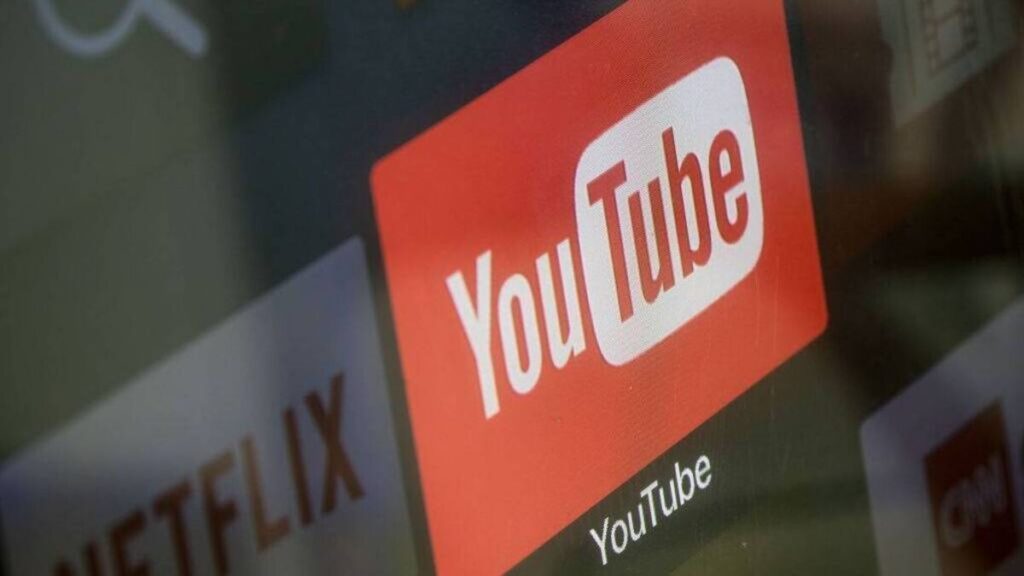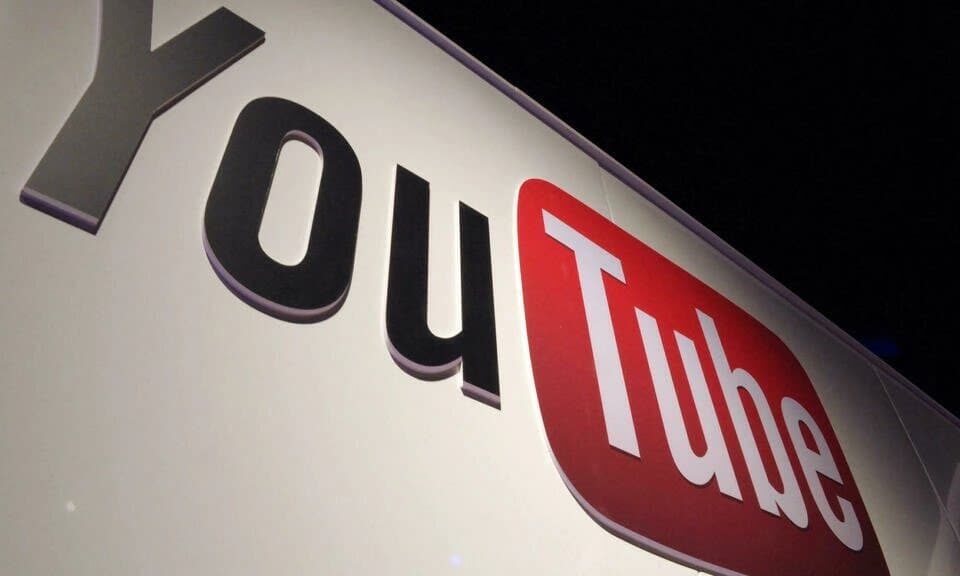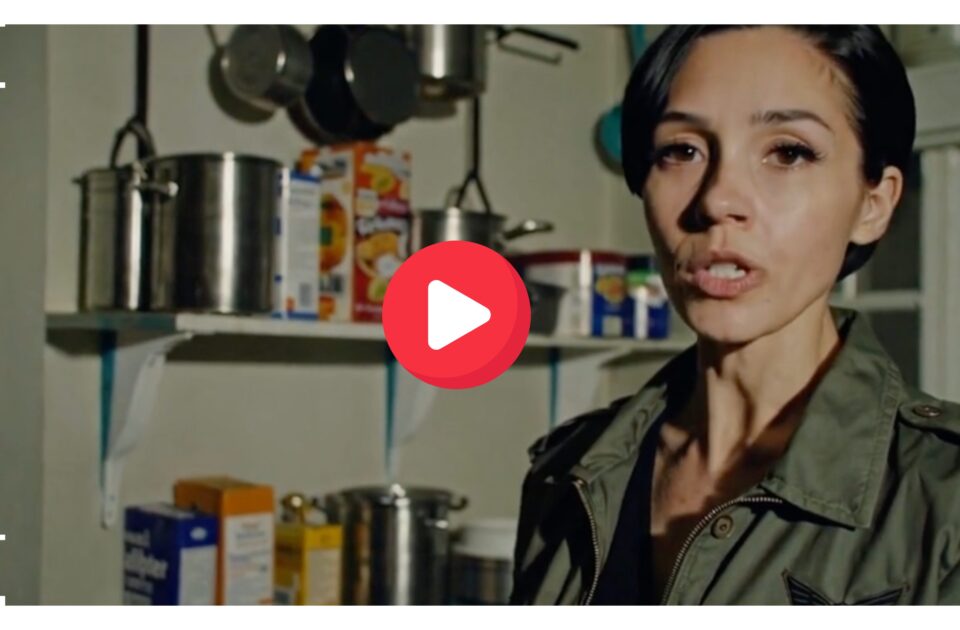Download our White Paper and find out how Million wants to solve the transactional relationship problem on social media platforms.

This arts, culture, and media update presents a cautiously optimistic outlook for the future of content creation and distribution. The key themes revolve around the rise of independent creators and the shifting power dynamics in the media landscape.
YouTube has emerged as a leading platform for content creators, surpassing traditional media giants in terms of payouts. The platform has distributed $70 billion to creators over the past three years, averaging $23 billion annually. This figure exceeds Netflix’s content spend of $13 billion and rivals Disney’s $24 billion budget. YouTube’s revenue-sharing model, which offers creators 55% of ad revenue for regular videos and 45% for Shorts, sets it apart from competitors like Instagram, TikTok, and Twitter. This generous approach is attracting talent and positioning YouTube as a potential winner in the streaming wars.
The update predicts a future where independent creators gain more prominence and platforms supporting them thrive. This trend is expected to extend beyond video content to music, journalism, and publishing.
In contrast to YouTube’s creator-centric approach, Netflix is reportedly pursuing a strategy of creating “casual viewing” content. This involves producing shows that cater to distracted viewers, often incorporating explicit dialogue to guide those not fully engaged. The update criticizes this approach, suggesting it may lead to a loss of audience loyalty in the long term.
The author anticipates a significant shift in the media industry over the next 5-10 years, with creators operating in a more favorable environment. This change is expected to impact various sectors:
The update concludes by emphasizing the importance of quality content over “dumbed-down” programming, warning that catering to the lowest common denominator rarely leads to long-term success in the media industry.
Summarized with AI tools




